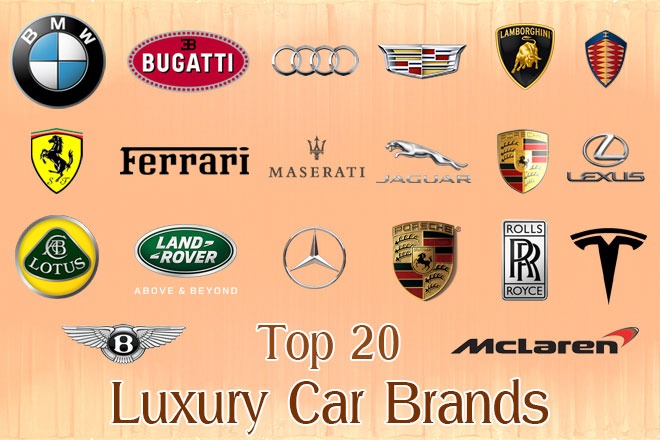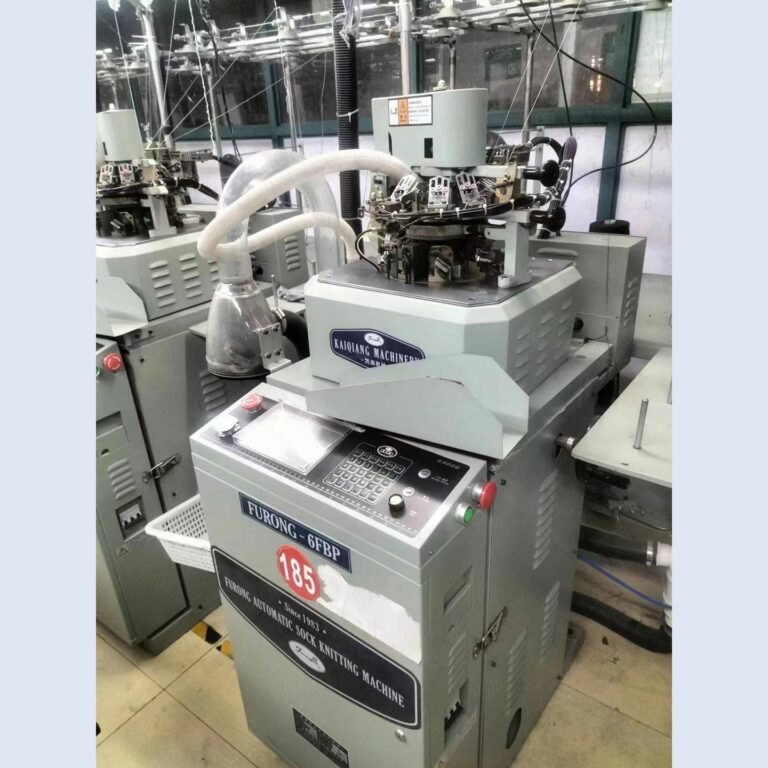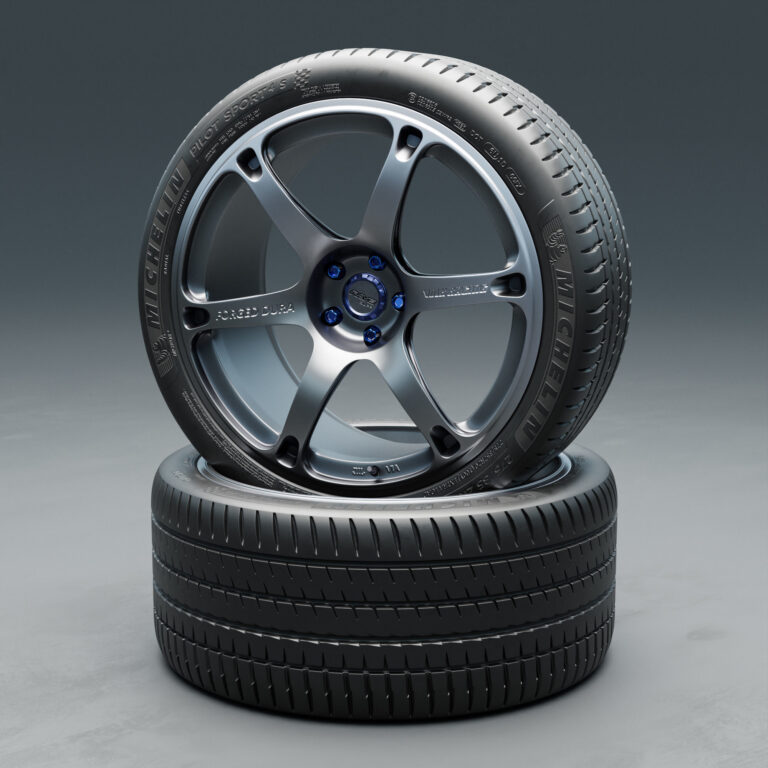Top Car Amplifier Brands: Powering Your Ultimate In-Car Audio Experience
Top Car Amplifier Brands: Powering Your Ultimate In-Car Audio Experience cars.truckstrend.com
In the realm of car audio, while high-quality speakers and subwoofers lay the foundation for great sound, it’s the car amplifier that truly brings the system to life. Often underestimated, the amplifier acts as the heart of your car’s sound system, taking the low-level audio signal from your head unit and boosting it to a powerful, clean output capable of driving your speakers and subwoofers with clarity and impact. Without a dedicated amplifier, even the most expensive speakers will sound flat, underpowered, and lifeless.
Choosing the right amplifier is paramount to unlocking your car audio system’s full potential. It’s not just about making things louder; it’s about achieving superior sound quality, reducing distortion, and ensuring your speakers receive the clean, consistent power they need to perform optimally. This comprehensive guide will delve into the world of car amplifiers, highlighting the top brands renowned for their performance, reliability, and innovation, helping you make an informed decision for your vehicle.
Top Car Amplifier Brands: Powering Your Ultimate In-Car Audio Experience
Understanding Car Amplifiers: The Core of Your Audio System
Before diving into specific brands, it’s crucial to understand what a car amplifier does and the different types available. At its most basic, an amplifier takes a weak electrical signal and amplifies it, providing enough power to move the speaker cones, which then produce sound. Factory car stereos often have very low power outputs (typically 10-20 watts per channel RMS), which is insufficient for quality aftermarket speakers or subwoofers. A dedicated amplifier bypasses this limitation, delivering significant, clean power.
Types of Amplifiers Based on Channels:
- Mono (Monoblock) Amplifiers: Designed for single-channel output, primarily used to power subwoofers. They are optimized for low-frequency reproduction.
- 2-Channel Amplifiers: Ideal for powering a pair of speakers (e.g., front components or coaxial speakers) or a single subwoofer (when bridged).
- 4-Channel Amplifiers: The most popular choice for powering a car’s main speakers (front and rear sets). Some users bridge two channels to power a subwoofer while using the other two for front speakers.
- 5-Channel Amplifiers: A convenient all-in-one solution, typically offering four channels for full-range speakers and one dedicated monoblock channel for a subwoofer.
- Multi-Channel Amplifiers (6-channel, 8-channel, etc.): Used in more complex setups, often for bi-amping, tri-amping, or powering multiple sets of speakers and subwoofers in large vehicles.

Amplifier Classes (Efficiency and Performance):
- Class A/B: Known for good sound quality, but less efficient (around 50-60%), meaning they generate more heat and require larger heat sinks. Still common for full-range amplification.
- Class D: Highly efficient (around 80-90%), generating less heat and allowing for smaller amplifier footprints. Predominantly used for monoblock (subwoofer) amplifiers but increasingly popular for full-range applications due to advancements in sound quality.
Key Considerations When Choosing a Car Amplifier
Selecting the right amplifier involves more than just picking a brand. Here are critical factors to consider:
- RMS Power Output: This is the most important specification. RMS (Root Mean Square) indicates the continuous power an amplifier can deliver, not peak or maximum power. Match the amplifier’s RMS output to your speakers’ RMS power handling for optimal performance and longevity.
- Number of Channels: Determine how many speakers or subwoofers you plan to power.
- Impedance Matching: Ensure the amplifier’s output impedance (measured in Ohms) matches your speakers’ impedance. Most car speakers are 4 Ohms, but subwoofers can be 2 Ohms or 1 Ohm, which requires a stable amplifier.
- Signal-to-Noise Ratio (SNR): A higher SNR (e.g., >90dB) indicates less background noise and a cleaner audio signal.
- Total Harmonic Distortion (THD): A lower THD percentage (e.g., <0.1%) means less unwanted distortion in the sound.
- Frequency Response: A wide frequency response (e.g., 20Hz-20kHz) indicates the amplifier can accurately reproduce the full range of human hearing.
- Built-in Crossovers: Many amplifiers include high-pass filters (HPF) to protect speakers from damaging low frequencies and low-pass filters (LPF) for subwoofers.
- Bass Boost: A feature that selectively amplifies low frequencies, often adjustable. Use sparingly to avoid distortion.
- Physical Size and Mounting: Ensure the amplifier will fit in your desired mounting location (under a seat, in the trunk, etc.) and has adequate ventilation.
- Budget: Amplifiers range widely in price. Set a realistic budget based on your desired sound quality and system complexity.
Spotlight on Top Car Amplifier Brands
When it comes to powering your car audio, some brands consistently rise to the top, offering a blend of innovation, power, reliability, and exceptional sound quality. Here are some of the industry’s leading names:
- JL Audio: Renowned for their high-end, audiophile-grade amplifiers, especially their "Slash" and "XD" series. JL Audio amps are known for their clean power delivery, compact size (especially the Class D models), and robust build quality. They are particularly favored for their powerful monoblock amplifiers that drive subwoofers with immense authority and precision.
- Rockford Fosgate: A legendary name in car audio, Rockford Fosgate is synonymous with raw power and robust construction. Their "Punch" and "Power" series amplifiers are celebrated for their ability to deliver consistent, high wattage, making them a go-to for those seeking serious bass and powerful full-range sound. They are built to last and handle demanding conditions.
- Alpine: Alpine amplifiers are highly respected for their clean, crisp sound reproduction and innovative technology. Their "PDX" series is famous for its compact size, stackable design, and efficient Class D operation without compromising on sound quality. Alpine offers a wide range of amplifiers, from entry-level to high-end, all delivering reliable performance.
- Kicker: Known for their "Loud and Clear" philosophy, Kicker amplifiers deliver impressive power and a strong emphasis on bass performance. Their "Key" series features smart DSP and automatic tuning, while their "IQ" and "KX" series offer serious power and advanced features for a dynamic audio experience. Kicker amps are popular among bass enthusiasts.
- Pioneer: A household name in electronics, Pioneer offers a broad spectrum of car amplifiers that blend reliability, affordability, and good performance. Their "GM-D" series Class D amplifiers are popular for their compact size and efficient power output, making them excellent choices for upgrading factory systems or building a solid aftermarket setup on a reasonable budget.
- Kenwood: Similar to Pioneer, Kenwood provides a wide range of amplifiers that offer a great balance of features, power, and value. Their amplifiers are known for user-friendly features and dependable performance, suitable for various system configurations from basic upgrades to more complex installations.
- Audison / Hertz (Elettromedia Group): These Italian brands represent the pinnacle of car audio amplification for many audiophiles. Audison’s "Thesis" and "Voce" series, along with Hertz’s "Mille" and "HDP" amplifiers, are crafted for pristine sound quality, minimal distortion, and exquisite detail. They are premium choices for those seeking a true high-fidelity listening experience.
- Infinity / JBL (Harman International): As part of the Harman group, Infinity and JBL amplifiers offer excellent value, clean power, and reliable performance. Their amplifiers often incorporate Class D efficiency and provide a good balance between features and affordability, making them popular choices for those looking for a significant upgrade without breaking the bank.
Installation Tips and Best Practices
- Professional vs. DIY: While DIY installation is possible, professional installation ensures proper wiring, gain setting, and system tuning, which can significantly impact sound quality and system longevity.
- Proper Wiring: Use appropriate gauge power and ground wires for the amplifier’s power output. Undersized wires can lead to voltage drops, overheating, and poor performance.
- Secure Grounding: A clean, short, and secure ground connection to the vehicle’s chassis is critical to prevent noise and ensure stable power delivery.
- Mounting Location: Choose a location that allows for adequate airflow around the amplifier to prevent overheating. Avoid mounting directly on carpet where heat can get trapped.
- Gain Setting: The "gain" knob is not a volume control. It should be set to match the output voltage of your head unit, ensuring the amplifier receives a strong, clean signal without clipping. Missetting the gain is a common cause of distortion and speaker damage.
- Crossover Settings: Properly setting high-pass and low-pass filters will protect your speakers and ensure each component plays only the frequencies it’s designed for, leading to a cleaner, more coherent sound.
Challenges and Solutions
- Overheating: Often caused by improper impedance matching (running too low Ohms), inadequate ventilation, or undersized wiring. Solution: Verify impedance, ensure airflow, use correct wire gauges.
- Noise/Hiss: Can be caused by poor grounding, unshielded RCA cables, or electrical interference. Solution: Improve ground connection, use high-quality shielded RCAs, route power/RCA cables separately, consider a ground loop isolator.
- Lack of Power/Distortion: May stem from an under-spec’d amplifier, incorrect gain settings, or low voltage. Solution: Match amp RMS to speakers, properly set gain, check battery/alternator, upgrade wiring.
Practical Advice and Actionable Insights
- Match RMS, Not Peak: Always prioritize matching your amplifier’s RMS power output to your speakers’ RMS power handling for the best sound and longevity.
- Don’t Skimp on Wiring: High-quality power, ground, and RCA cables are just as important as the amplifier itself. They ensure clean signal transfer and stable power.
- Consider Your Future: If you plan to upgrade speakers or add a subwoofer later, choose an amplifier with enough channels and power to accommodate future additions.
- Listen to Your Ears: While specs are important, trust your own listening experience. What sounds good to you is ultimately what matters most.
- Consult the Pros: If you’re unsure, visit a reputable car audio specialist. They can help you select the right components and ensure proper installation and tuning.
Top Car Amplifier Brands: Estimated Price Range & Key Features
| Brand | Typical Price Range (USD) | Common Amplifier Types | Key Strength / Focus |
|---|---|---|---|
| JL Audio | $$$ (400 – 1500+) | Mono, 2/4/5-Channel (Class D) | High-end, pristine sound, compact, powerful bass amps |
| Rockford Fosgate | $$ – $$$ (200 – 1000+) | Mono, 2/4/5-Channel (Class AB/D) | Raw power, robust build, strong bass performance |
| Alpine | $$ – $$$ (250 – 900+) | Mono, 2/4/5-Channel (Class D) | Clean sound, innovative tech, compact (PDX series) |
| Kicker | $$ – $$$ (180 – 800+) | Mono, 2/4/5-Channel (Class D) | Dynamic power, emphasis on bass, smart DSP (Key) |
| Pioneer | $ – $$ (100 – 400) | Mono, 2/4/5-Channel (Class D) | Reliability, value, compact, good for upgrades |
| Kenwood | $ – $$ (120 – 450) | Mono, 2/4/5-Channel (Class D) | Balanced performance, user-friendly, good value |
| Audison / Hertz | $$$$ (600 – 2000+) | Mono, 2/4/5-Channel (High-End) | Audiophile-grade, exceptional sound quality, detail |
| Infinity / JBL | $ – $$ (100 – 350) | Mono, 2/4/5-Channel (Class D) | Great value, clean power, reliable performance |
Disclaimer: Prices are approximate and can vary significantly based on specific models, features, retailers, and market fluctuations. Always check current pricing for the exact model you are interested in.
Frequently Asked Questions (FAQ)
Q1: Do I really need an amplifier for my car audio system?
A1: If you’re looking for significant improvements in sound quality, volume, clarity, and bass response beyond what your factory stereo can offer, then yes, an amplifier is essential. It provides the clean, powerful signal your aftermarket speakers and subwoofers need to perform their best.
Q2: What’s the difference between RMS and Peak power?
A2: RMS (Root Mean Square) power is the continuous power an amplifier can produce, and it’s the most important figure for matching components. Peak power is the maximum power an amplifier can produce for a very brief instant, and it’s less relevant for sustained performance. Always match RMS values between your amplifier and speakers.
Q3: Can I use an amplifier with my factory stereo?
A3: Yes, many amplifiers have high-level (speaker-level) inputs that allow them to connect directly to a factory stereo’s speaker outputs. However, for the best sound quality, it’s often recommended to use a line output converter (LOC) or a head unit with dedicated low-level (RCA) pre-outs.
Q4: Where should I mount my amplifier?
A4: Common mounting locations include under a seat, in the trunk, or on the back of a rear seat. The key is to ensure adequate ventilation to prevent overheating and to protect the amplifier from physical damage or moisture.
Q5: How do I tune my amplifier?
A5: Amplifier tuning involves setting the gain, crossover frequencies (high-pass for speakers, low-pass for subwoofers), and potentially bass boost. It’s best done carefully, often with the help of a digital multimeter or an oscilloscope, to ensure the amplifier doesn’t "clip" (produce distorted signals). Many online tutorials and professional installers can guide you.
Q6: Why is my amplifier going into "protect mode"?
A6: Protect mode is a safety feature that shuts down the amplifier to prevent damage. Common causes include overheating, a short circuit in the speaker wiring, an impedance mismatch (connecting speakers with too low an Ohm rating), or low voltage from the car’s electrical system. Check your wiring, connections, and ventilation.
Conclusion
The car amplifier is the unsung hero of any high-performance car audio system. By providing clean, robust power, it unlocks the full potential of your speakers and subwoofers, transforming your daily commute into an immersive listening experience. Whether you prioritize pristine sound quality, earth-shaking bass, or reliable everyday performance, there’s a top-tier amplifier brand tailored to your needs and budget. By understanding the key considerations and choosing wisely from the industry’s leading names, you’re well on your way to achieving the ultimate in-car audio sanctuary. Invest in a quality amplifier, and prepare to hear your music like never before.





